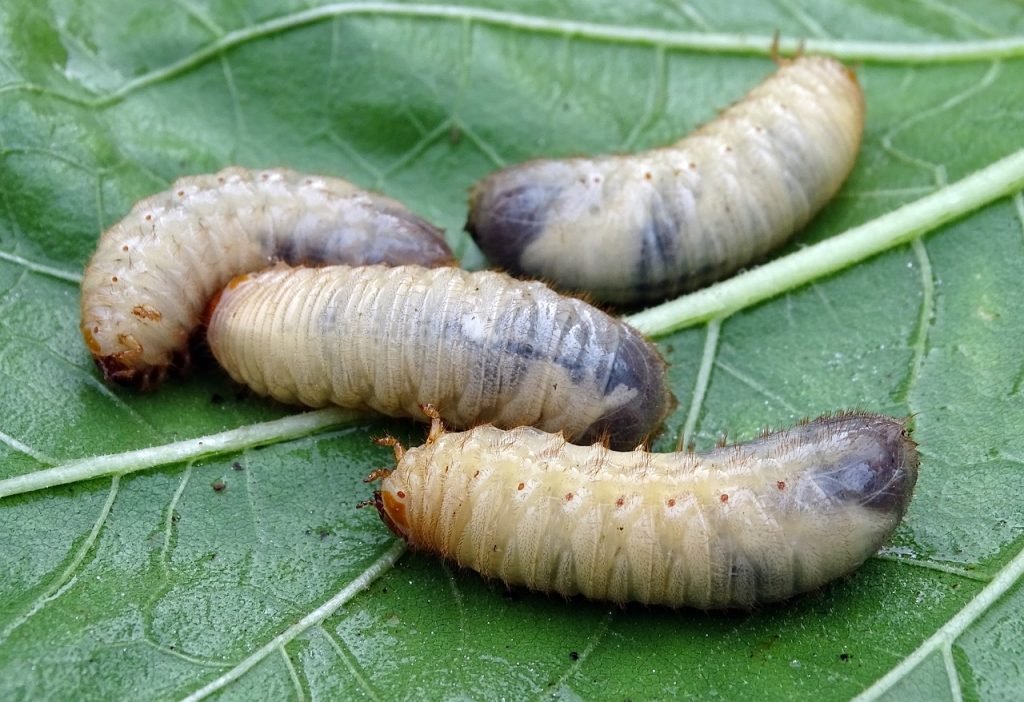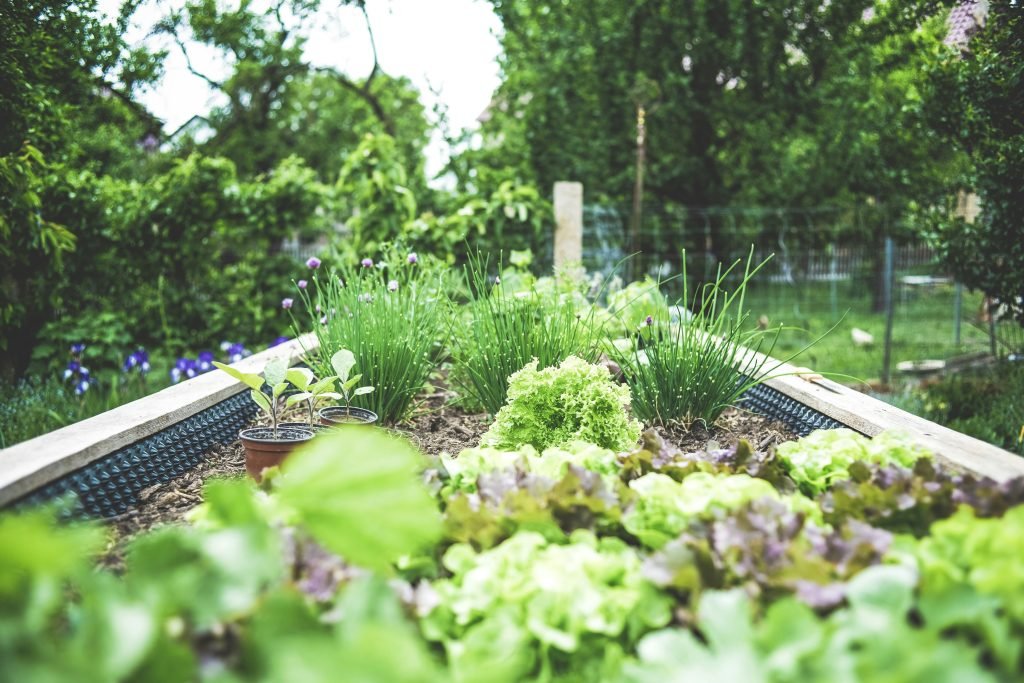Have you ever thought about how to recycle your kitchen scraps and garden waste into something beneficial for your plants? Making your own compost might just be the answer you’re looking for! Composting is a fantastic way to enrich your soil while reducing waste. It’s simpler than you might imagine, and it’s an excellent project for anyone, regardless of experience level.

This image is property of pixabay.com.
What is Compost?
Compost is organic material that has decomposed and transformed into a rich soil additive. It’s full of nutrients and beneficial microorganisms that plants love. Think of it as nature’s way of recycling. Instead of throwing away garden clippings, vegetable peels, and other organic waste, you can turn them into something that nourishes your soil.
Why Homemade Compost?
Making your own compost offers several advantages. You’ll save money by reducing the need for chemical fertilizers, and you can significantly lower the amount of waste you send to landfills. Plus, you’ll be doing your part for the environment by enhancing soil health and biodiversity.
The Composting Process
Understanding the basics of how composting works will help you get started. Composting is essentially a natural process where microorganisms and other decomposers break down organic matter. This transformation happens through a series of stages, each contributing to the final product.
The Ingredients of Compost
Carbon-Rich Materials (Browns)
Carbon-rich materials are essential to your compost pile. They provide energy for the microorganisms. Common “brown” materials include:
- Dried leaves
- Straw
- Cardboard
- Newspaper (non-glossy)
- Wood chips or sawdust
Make sure to shred larger materials to speed up the decomposition process.
Nitrogen-Rich Materials (Greens)
These materials are high in nitrogen and crucial for microbial growth. They help balance the carbon and encourage the activity needed to break down the compost. Examples include:
- Fruit and vegetable scraps
- Grass clippings
- Coffee grounds
- Eggs shells
- Manure (from vegetarian animals)
Aim to maintain a balance of about three parts browns to one part greens for optimal composting.
Water and Air
Water keeps the materials moist, which is vital for decomposition. However, too much water can lead to a soggy mess, which will smell bad and slow down the process. You want your compost pile to feel like a damp sponge; it should be moist but not dripping wet.
Air is just as important! Composting organisms need oxygen to thrive, which is why you should turn your pile regularly. This process introduces air into the mixture, promoting aerobic decomposition.

This image is property of pixabay.com.
Choosing a Composting Method
There are several composting methods you can choose from, depending on your lifestyle and available space. Let’s discuss a few popular ones.
1. Traditional Compost Bin
A traditional compost bin is perfect for those with a bit more space in their backyard. They can be made from wood, wire, or plastic and typically feature an enclosed structure that holds the compost materials while allowing for airflow.
Pros:
- Capacity for larger amounts of compost.
- Keeps materials contained and neat.
Cons:
- Takes up space.
- Often requires a bit more initial effort to set up.
2. Tumbling Compost Bin
A tumbling compost bin is a rotating bin that simplifies the turning process. By tumbling the bin, you mix and aerate the materials with minimal effort.
Pros:
- Easy to mix materials.
- Faster composting time.
Cons:
- Limited capacity compared to traditional bins.
- Can be more expensive.
3. Vermicomposting
If you’re short on space or want to add a little fun to the process, consider vermicomposting. This method uses worms to break down organic matter.
Pros:
- Ideal for small spaces, such as apartments.
- Produces high-quality worm castings (a nutrient-rich fertilizer).
Cons:
- Requires care to maintain optimal conditions for worms.
- Might involve an initial investment in a worm bin.
4. Bokashi Composting
Bokashi composting is a Japanese technique that ferments organic waste using a special mix of microorganisms. This method is ideal for those who want to compost in a kitchen setting or lack space for traditional composting.
Pros:
- Can compost meat and dairy products, which aren’t suitable for traditional compost.
- Minimal smell if done correctly.
Cons:
- Requires specific Bokashi system supplies.
- Longer processing time before adding to soil.
5. Sheet Composting
If you have a garden bed that needs enriching, consider sheet composting. This method involves layering organic materials directly onto the soil.
Pros:
- No need for a separate compost bin.
- Excellent for enriching soil in garden beds.
Cons:
- Takes longer to decompose than traditional composting.
- May attract pests if not done correctly.
Setting Up Your Compost Bin
Once you have chosen your composting method, it’s time to set up your bin!
Location, Location, Location
Select a spot for your compost bin that’s easily accessible but also out of direct sunlight and excessive moisture. Too much heat can dry out the materials, while too much moisture can lead to a smelly anaerobic pile. Aim for a shaded area to maintain a stable composting temperature.
Building the Compost Pile
Start with a layer of coarse materials, such as straw or small branches, at the bottom of the bin. This layer allows for aeration and drainage. Then begin adding your browns and greens in alternating layers. Aim for a good mix, but remember that it’s okay if it isn’t perfect. Just keep the ratio in mind.
Maintaining Your Compost
Maintaining your compost pile is crucial for successful decomposition. Here are some tips to keep in mind:
- Turn It Regularly: Every two weeks, use a pitchfork or shovel to turn the compost. This aerates the pile and helps speed up the decomposition process.
- Monitor Moisture: Check the moisture levels regularly. If it feels too dry, add some water; if it’s too wet, add more brown materials to soak up the moisture.
- Watch the Temperature: A well-working compost pile will generate heat due to microbial activity. If it doesn’t heat up, you may need to add more greens or turn the pile to introduce air.
Troubleshooting Common Compost Issues
You might encounter some issues while composting. Here are a few common problems and solutions:
| Issue | Cause | Solution |
|---|---|---|
| Smells Bad | Too much nitrogen or moisture | Add more carbon materials (browns) and turn it more frequently. |
| Compost Is Too Dry | Not enough moisture | Add water and mix in some greens. |
| Pests Are Attracted | Kitchen scraps not buried deep enough | Bury scraps under other materials and cover the bin to deter pests. |
| Compost Is Not Heating Up | Lack of oxygen or too much carbon | Turn the pile more frequently and add some greens for nitrogen. |

This image is property of pixabay.com.
When Is Compost Ready?
Knowing when your compost is ready to use is crucial. Finished compost should resemble dark, crumbly soil with an earthy smell. The materials should be unrecognizable, indicating they’ve fully decomposed. This process typically takes anywhere from a few weeks to several months, depending on conditions and materials used.
If you still see recognizable bits of larger materials, don’t worry! Simply mix them back in, and let the compost sit for a little longer.
Using Your Compost
Now that you have your finished product, what can you do with it? That’s where the fun begins!
In the Garden
Compost can be used in various ways in your garden. Here are a few suggestions:
- Soil Amendment: Mix it into your garden beds to improve soil structure and fertility.
- Mulch: Spread a layer around your plants as mulch. It will help retain moisture and suppress weeds.
- Plant Food: Use it as a top dressing for your pots or garden beds. Just sprinkle a layer on top and water it in.
Container Gardening
If you’re into container gardening, mix your compost with potting soil to give your potted plants an extra nutrient boost. This is especially beneficial for vegetables and flowering plants.
Lawn Care
You can even use compost to enrich your lawn. Topdress your grass with a thin layer of compost in the spring and fall to support healthy growth throughout the year.
Final Tips for Successful Composting
- Be Patient: Composting takes time, so don’t get discouraged if it isn’t ready as quickly as you would like.
- Experiment: Feel free to try different materials and methods to find what works best for you.
- Record Keeping: Keeping a compost journal can help you track what materials you added and any changes you made to your process.
Conclusion
Making your own compost is a rewarding way to improve your garden while reducing waste. With a little patience and creativity, you can transform organic materials into a valuable resource for your plants. Your future garden will thank you, and you’ll be contributing to a healthier planet along the way.
So why not start your composting journey today? Grab your kitchen scraps and garden waste, and get ready to turn them into black gold! Your plants (and the Earth) will appreciate the effort.




